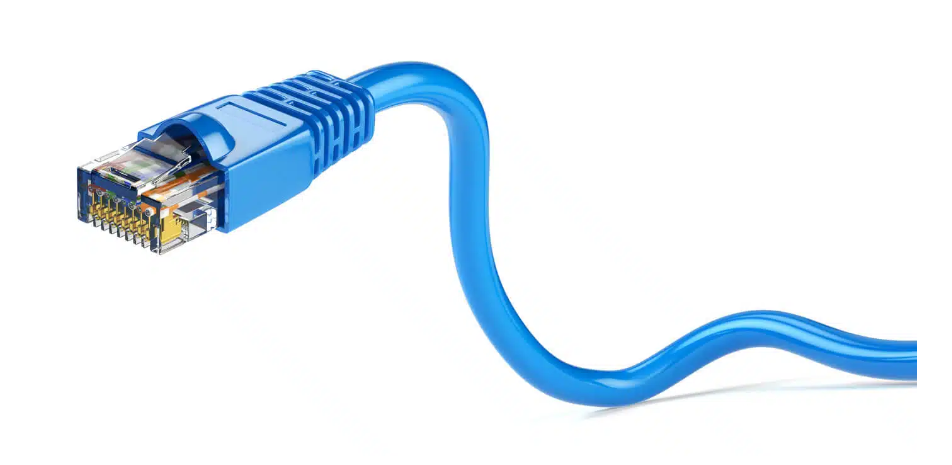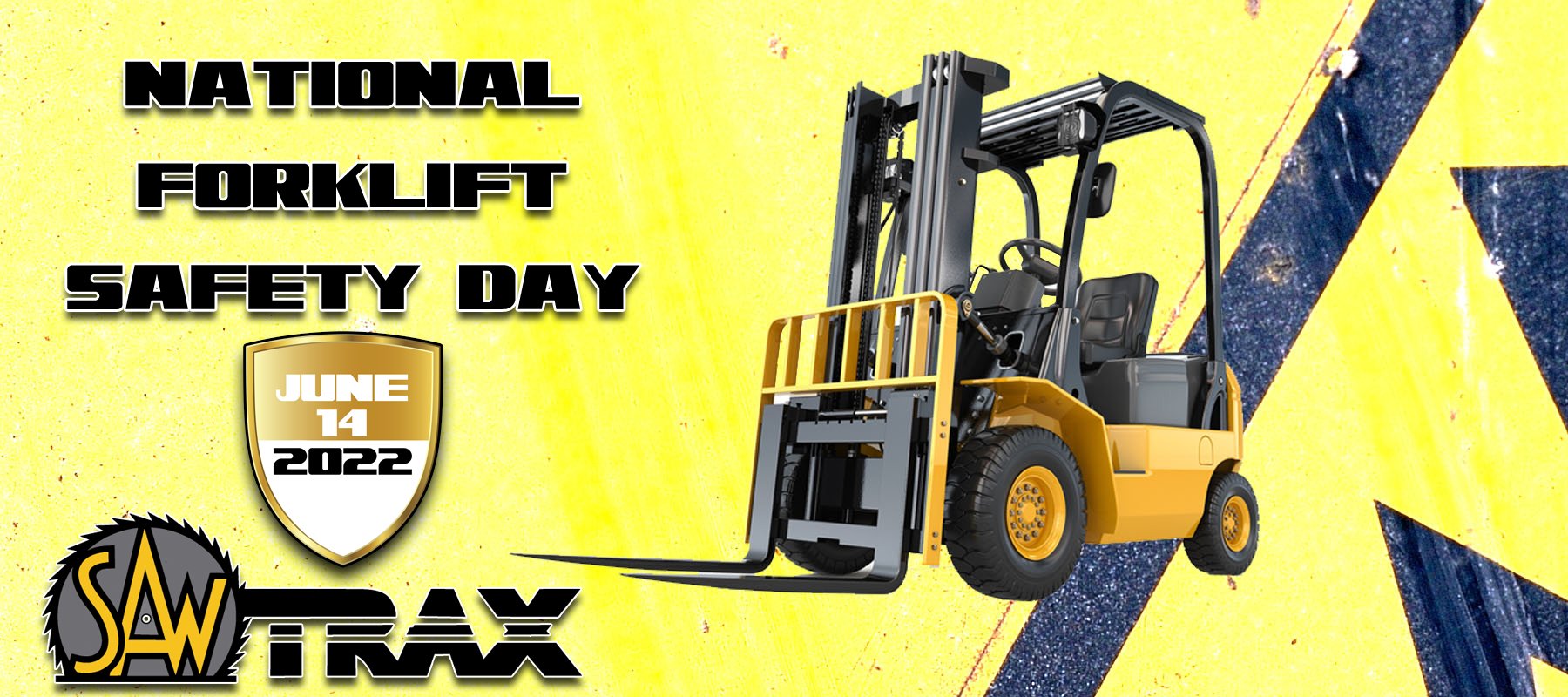
Outdoor installations of Ethernet cables provide critical network connectivity for homes, businesses, and public spaces. However, these outdoor environments pose challenges that go beyond technical performance, particularly the risks of physical damage and theft. Installing a durable Cat6 Plenum 1000ft cable is an excellent step toward ensuring better protection, but additional measures are essential to safeguard these vital connections.
This guide explores practical strategies to secure Ethernet cables, emphasizing solutions for both physical protection and deterrence against theft, especially in places like New York, where dense urban environments present unique challenges.
Choosing the Right Cable for Outdoor Use
Not all cables are designed for outdoor use. Ensuring the correct type of Ethernet cable is selected is the first step in protecting your network from damage. Cables that are rated for outdoor use, such as Cat6 Plenum Cable, are designed to withstand environmental stressors like UV exposure, temperature fluctuations, and moisture.
Outdoor-rated cables often come with a protective jacket that shields the wiring from weather conditions. These jackets are typically more robust than those found on indoor cables, offering resistance to physical damage from animals, tools, or general wear and tear. Additionally, choosing a Cat6 Plenum Cable for outdoor installations ensures the cable meets fire safety standards, a crucial factor in highly regulated areas.
Protecting Cables from Physical Damage
Even with an outdoor-rated Cat6 Cable, extra steps are needed to ensure cables remain intact. The following measures can provide added physical security to the installation:
Use Conduits or Trunking: Enclosing Ethernet cables in PVC or metal conduits offers a strong layer of protection. Conduits shield cables from being cut, chewed by animals, or affected by landscaping tools. For added protection, you can bury these conduits underground or mount them securely along walls or fences.
Elevate the Installation: Where possible, keep cables off the ground. Running them along poles or rooftops helps reduce the risk of tampering, accidental cutting, or even damage from foot traffic. Height can also be a deterrent against theft, as it makes the cable harder to access.
Burying the Cables: For installations that need to be hidden, burying the Ethernet Cable can be effective. This method not only protects cables from accidental damage but also conceals them from potential thieves. Ensure that cables are buried at least 12 inches deep and within a protective conduit to prevent damage from digging or natural movements in the soil.
Deterring Cable Theft
Cable theft is a growing concern, especially in urban areas. Thieves may target copper-based cables for their resale value, leading to costly repairs and network downtime. Below are some ways to deter theft:
Secure Mounting: Securely mount your cables to solid structures like walls or poles. Using tamper-proof fasteners or clamps can make it much harder for someone to remove the cables without specialized tools.
Labeling and Marking: Clearly marking your cables with identifying information, such as a company logo or contact details, can act as a theft deterrent. Thieves are less likely to steal marked cables as they are easier to trace back to the owner, reducing their resale value.
Use Alternative Cable Materials: Some cable types, such as fiber optic cables, are less likely to be stolen since they lack valuable metals like copper. If theft is a significant concern, consider opting for fiber optics instead of copper Cat6 Cable for your installation.
Proper Cable Routing
Where and how you route your Cat6 Plenum Cable can also impact its vulnerability to damage and theft. Keep the following tips in mind when planning your installation:
Avoid High-Traffic Areas: Cables installed in areas with heavy foot traffic or equipment use are more prone to accidental damage. Route cables along less-traveled paths to minimize the chances of them being stepped on, run over, or otherwise damaged.
Secure Entry and Exit Points: Entry points, such as where the cable enters a building or junction box, are particularly vulnerable. Use weatherproof enclosures and grommets to protect the cable at these points. Additionally, reinforce entry points with metal coverings or security grills to deter tampering.
Avoid Exposure to Sharp Objects: Whether it’s sharp-edged roofing materials or jagged stone walls, always ensure that the cable does not run close to anything that might cause a tear or cut. Using smooth surfaces or padding where the cable passes through openings can prevent gradual wear over time.
Regular Maintenance and Inspection
Regularly inspecting your outdoor Ethernet installation is crucial to ensuring long-term performance and safety. Check for signs of physical wear, like cuts in the cable jacket, exposed wires, or signs of tampering. Early detection of potential issues can prevent small problems from escalating into network outages or costly repairs.
During inspections, ensure that all Cat6 Plenum Cable connections remain tight and secure, and look for any signs of moisture infiltration or rust at connection points. If you’ve buried the cables, check for signs of erosion that might expose the conduits.
Advanced Security Measures
For areas that require more advanced security, especially in public or highly vulnerable spaces, consider the following:
CCTV Monitoring: Installing cameras along the path of your outdoor Ethernet cables can act as a deterrent for potential thieves. Motion-activated cameras combined with visible warning signs will make tampering with the cables less appealing.
Motion Sensors and Alarms: Motion sensors can be installed near sensitive areas where Ethernet cables are routed. These sensors trigger alarms when someone approaches the protected cable, providing immediate notification of potential tampering.
Conclusion
Securing outdoor Ethernet cables is about more than just selecting the right cable type; it involves a combination of physical protection, theft deterrents, and regular maintenance. With the right planning and strategies—such as using Cat6 Plenum Cable, enclosing cables in conduits, and implementing anti-theft measures—your outdoor Ethernet installation can remain safe and functional for years to come. Monk Cables offers a range of high-quality cabling solutions to ensure both performance and durability in demanding outdoor environments.
Protecting your network infrastructure today means less downtime, fewer repairs, and more reliable connections in the future. Whether you’re securing an outdoor network in a bustling city like New York or a remote rural area, taking these precautions is essential for safeguarding your investment.




